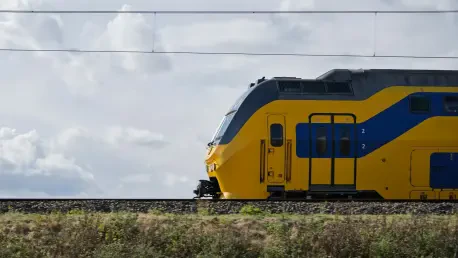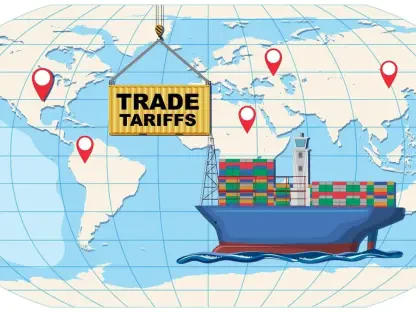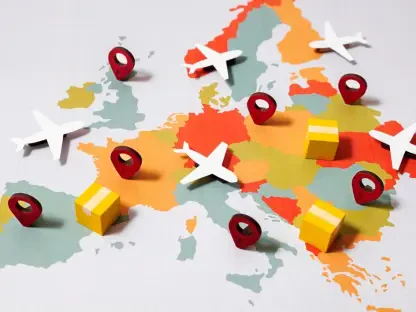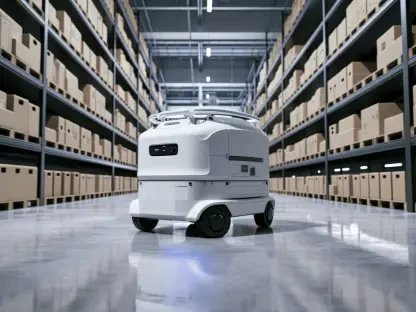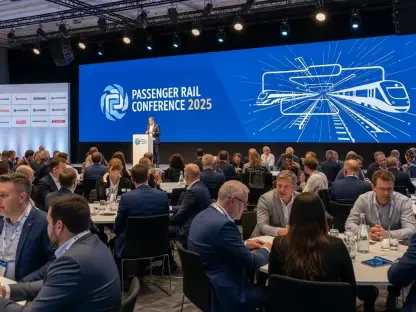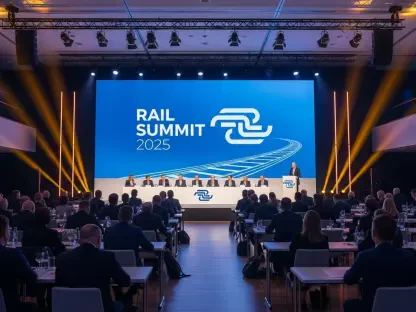Today, we’re thrilled to sit down with Rohit Laila, a veteran in the logistics industry with decades of experience in supply chain and delivery. Rohit has witnessed the evolution of transportation networks firsthand and is deeply passionate about integrating technology and innovation into the sector. In this conversation, we’ll explore the potential impact of a transcontinental railroad merger, the critical role of hubs like Chicago in rail shipments, the challenges of truck transfers, and how a unified network could reshape intermodal shipping across the country.
What does a transcontinental railroad merger mean for businesses and everyday people who rely on shipping goods?
A transcontinental merger, like the one being discussed, is a game-changer for how goods move across the country. It connects vast networks, potentially spanning over 50,000 miles across dozens of states, creating a seamless flow from coast to coast. For businesses, this could mean faster delivery times and lower costs, as goods don’t get stuck in bottlenecks or require multiple handoffs. For the average person, it translates to seeing products on store shelves quicker, whether it’s groceries or online orders, because the supply chain becomes more efficient and reliable.
Why is Chicago considered such a vital hub for rail shipments in the current landscape?
Chicago is essentially the heart of rail traffic in the U.S. It’s where major West Coast and East Coast railroads converge, handling an immense volume of cargo daily. The city’s infrastructure and strategic location make it the busiest gateway for intermodal transfers. For high-volume shipments, there’s a process called steel-wheel interchange that allows entire trains to be swapped between railroads in as little as 10 minutes at crew change points. This works incredibly well for big loads, keeping things moving fast, but it’s not always feasible for smaller shipments, which creates a different set of challenges.
Speaking of smaller shipments, why do they often rely on trucks to move cargo between terminals in Chicago, and what issues does this create?
Smaller shipments often don’t have the volume to justify a full double-stack train car, which can carry multiple containers. Railroads can’t consistently fill these for lower-volume routes, so they turn to trucks for what’s called drayage—moving cargo between terminals in Chicago. The problem is, this adds layers of complexity. You’ve got about a million shipments a year, or roughly 3,000 a day, being trucked across town. It slows down the process, adds costs, and contributes to traffic congestion and air pollution in the city. It’s a real headache for efficiency.
How significant is the time delay caused by these crosstown truck moves in Chicago?
These truck moves, or crosstown drayage, can add a substantial amount of time to a shipment’s journey. Physically moving the cargo across town often takes about a day, but that’s just part of it. You also have to factor in waiting for the load to be notified and grounded before the move can even happen, which can tack on another day or two. In practice, it’s not uncommon for these rubber-tire moves to delay a shipment by at least two to three days, which is a big deal when businesses are counting on timely deliveries.
Beyond time, what other costs and challenges come with these truck transfers in Chicago?
The financial hit from crosstown moves is significant—estimates suggest they can add $300 to $350 per shipment. That’s a direct cost to businesses, which often gets passed down the supply chain. But it’s not just about money. Coordinating these moves involves extra steps like scheduling and gate reservations at terminals, which can be a logistical nightmare. Then there are broader impacts—thousands of trucks moving daily worsen traffic congestion and contribute to air pollution in Chicago. It’s a strain on infrastructure and the environment, on top of the operational inefficiencies.
How could a single-line service bypass the bottlenecks at Chicago terminals and improve the flow of goods?
A single-line service means a train can travel from origin to destination without switching between different railroads or stopping for interchanges in places like Chicago. For instance, a train loaded in Southern California could head straight to smaller East Coast cities or Midwest hubs without the cargo being touched or delayed at a terminal. By eliminating those “car touches” and interchange delays, you’re cutting out friction points. This could drastically speed up transit times and make the whole process more predictable for shippers, which is a huge competitive advantage.
What specific frustrations in the current system would a unified network aim to eliminate?
Right now, moving cargo across Chicago by truck involves a lot of coordination pain points. You’ve got to schedule the drayage, track the shipment across multiple railroads, and handle separate bookings and invoicing. On top of that, there are operational hurdles like securing gate reservations at terminals, which can cause further delays if anything goes off-script. A unified network aims to streamline all of this by reducing the need for truck moves and simplifying the process into a single, cohesive system. It’s about cutting out the middle steps that bog everything down.
Looking ahead, what is your forecast for the future of intermodal shipping if such a transcontinental network becomes a reality?
I’m optimistic about the potential for a transcontinental network to revolutionize intermodal shipping. If executed well, it could lead to significant growth in rail volume—some analysts even predict a 25% increase in domestic intermodal traffic. By streamlining transit times and reducing costs, rail becomes a stronger competitor to trucking, which could shift more cargo off highways and onto tracks. This would ease road congestion and lower environmental impact. However, challenges like physical limitations at terminals and the complexity of integrating networks will need careful handling. I believe we’re on the cusp of a transformative era, but it’ll require innovation and collaboration to fully realize the benefits.
